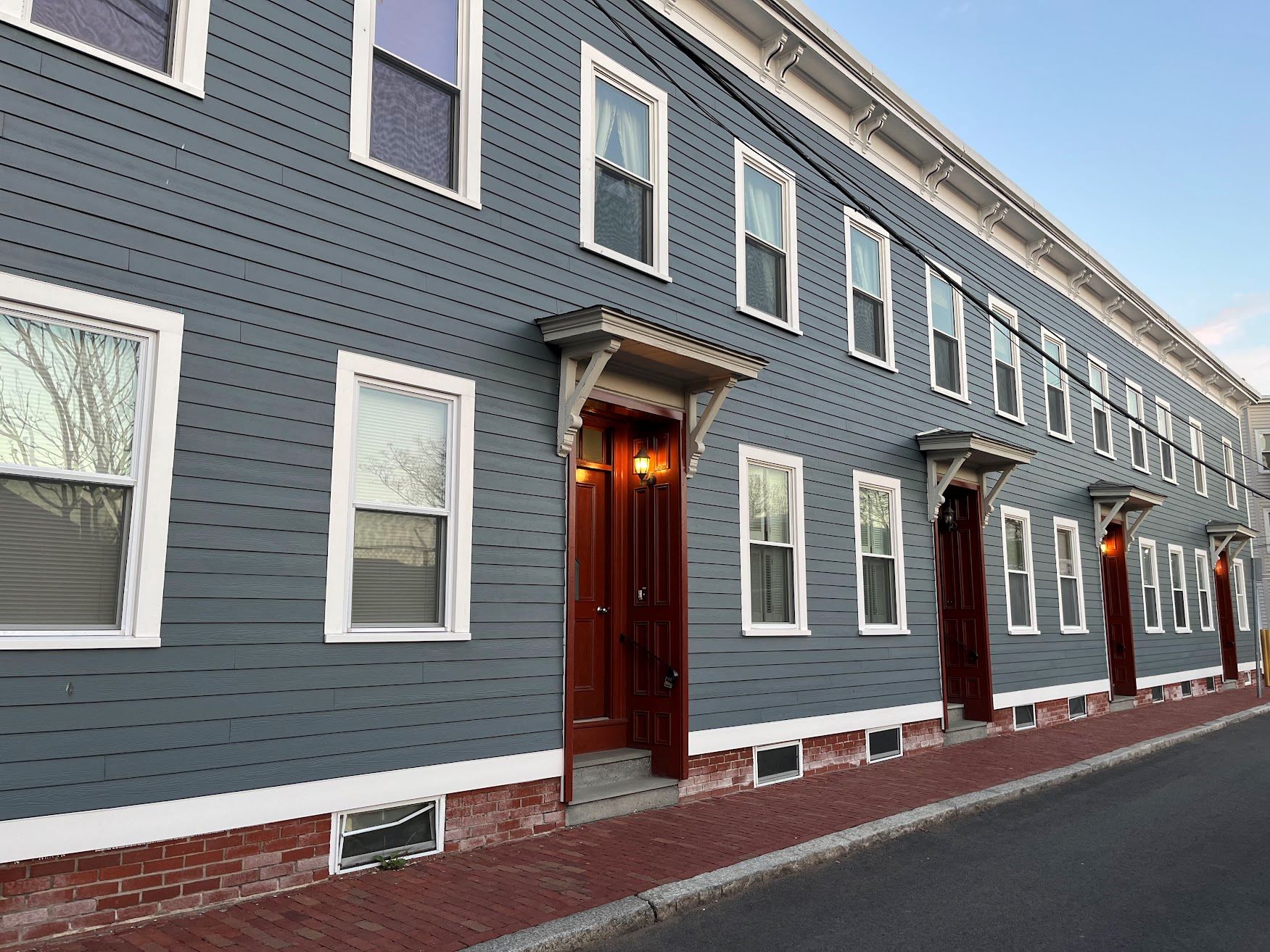Inspired by State Senator Brownsberger’s analysis of statewide 2022 households by HUD income limit, this post aims to explore the differences between calculating households by their unadjusted percent of median family income (MFI, also referred to area median income or AMI) as reported by ACS and the HUD income limits that are specified per persons in the household as reported by PUMS.
The HUD income limits for Massachusetts are below. The Brownsberger analysis looked at each fair market rent (FMR) area individually, but for this quick study we’re using the statewide limits.
The table below uses income limits based on household size as the top row and households by unadjusted percent of MFI as the second row, followed by the percent difference in the calculation.
Details
Brownsberger's analysis looks at each FMR Area individually and combines the results while CommunityScale uses the Statewide HUD income limits and the following ACS table proportionally binned to MFI percentages.
| Household income | Renter Households |
|---|---|
| Renter occupied units | 1,029,654 |
| Less than $5,000 | 52,776 |
| $5,000 to $9,999 | 33,182 |
| $10,000 to $14,999 | 80,646 |
| $15,000 to $19,999 | 56,056 |
| $20,000 to $24,999 | 51,193 |
| $25,000 to $34,999 | 87,242 |
| $35,000 to $49,999 | 111,177 |
| $50,000 to $74,999 | 157,383 |
| $75,000 to $99,999 | 117,524 |
| $100,000 to $149,999 | 139,368 |
| $150,000 or more | 143,107 |
What are the differences telling us?
In Massachusetts in 2022, there were about 58,000 households earning <$36,120 (unadjusted 30% MFI) that were ineligible for HUD ELI housing (adjusted 30% MFI) because the income limits dip down to as low as $24,950 for a single person.
This effect is likely more pronounced at lower incomes. One hypothesis is that these households are more likely to be smaller and single earner.
Looking past the HUD income limits, the "raw" figures of households per income level are directly related to spending power and cost burden.
When constructing a housing policy, HUD funding is important, but it is also important to be able to communicate the level of need based on what households can afford to spend related to their overall income.
